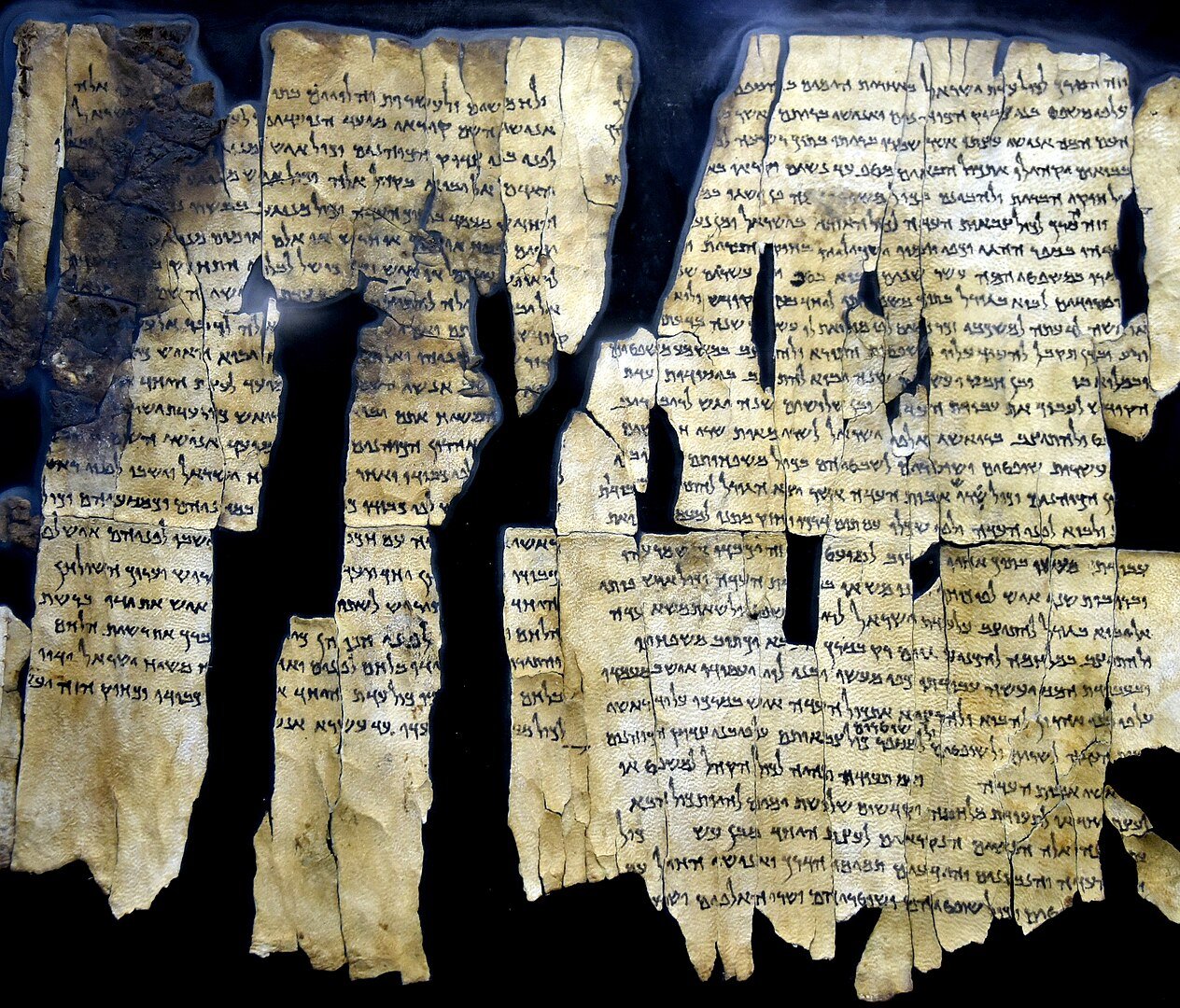Dead Sea Scrolls Date Back to Same Period as Biblical Authors, Study Finds
Source: GreekReporter.com

A new dating model developed by an international team of researchers has uncovered evidence that links some of the Dead Sea Scrolls to the same historical period as the biblical authors.
The breakthrough suggests that parts of the scrolls may have been written during the lifetimes of the individuals traditionally believed to have authored sections of the Bible, reshaping how scholars view the authors of the Dead Sea Scrolls.
Led by the University of Groningen, the research team used a machine-learning tool called Enoch to analyze fragments of the ancient manuscripts.
For the first time, they confirmed that two scroll fragments align closely with the era of their presumed biblical writers. The findings, published in PLOS One, offer the strongest empirical link yet between the biblical text and the scribes behind the scrolls.
New model closes long-standing dating gap.
Until now, dating the individual manuscripts has relied mainly on the study of ancient handwriting. This traditional method—paleography—examines letter shapes to estimate a date, but lacks a scientific foundation.
Many of the scrolls have no visible dates, and very few other Hebrew or Aramaic texts from the same centuries exist for comparison. This gap has made it difficult to place the more than 1,000 scrolls in a clear historical context.
Many of Dead Sea scrolls may be older than thought, experts say#DeadSeaScrolls #BiblicalArchaeology #AIinResearch pic.twitter.com/PiCYMn7XzI
— B.C. Begley (@BC_News1) June 5, 2025
To overcome this, the team combined radiocarbon dating with digital handwriting analysis and artificial intelligence. They analyzed 24 scroll samples and trained their model, Enoch, to recognize subtle ink patterns and character shapes.
These features, often invisible to the human eye, provided precise and consistent age estimates. In initial tests, Enoch predicted scroll dates within an accuracy range of about 30 years, more precise than direct radiocarbon results in certain periods.
Enoch model challenges traditional assumptions
In the study’s first phase, researchers ran 135 scrolls through the model. Experts then reviewed the predictions to validate the tool’s reliability.
Enoch not only supported traditional estimates in many cases but also corrected them in others, sometimes proposing that a manuscript’s origin dates further back than previously believed.
One major revelation involves the script types known as Hasmonaean and Herodian. The new data suggest these styles coexisted earlier than previously thought, as far back as the late second century BCE.
This challenges the view that one followed the other and may revise how scholars trace political and religious shifts in ancient Judaea.
Findings reshape timeline of early Jewish texts
The new timeline has wider implications. By placing more scrolls closer to the authors of biblical texts, the findings allow for deeper insight into the religious, political, and cultural changes of the time.
The updated chronology could change how researchers understand the spread of literacy, the rise of the Hasmonaean dynasty, and the early roots of Christianity.
Enoch marks the first time a machine-learning model has delivered reliable manuscript dates using only image data, with full transparency in how the results are generated. The team says the method could also help date other ancient collections where written dates are missing.
With Enoch, the study of the Dead Sea Scrolls authors has entered a new era—one grounded in science, not guesswork.
The original article: belongs to GreekReporter.com .
